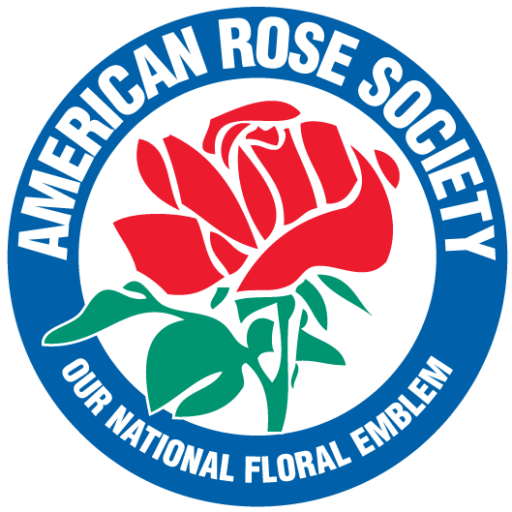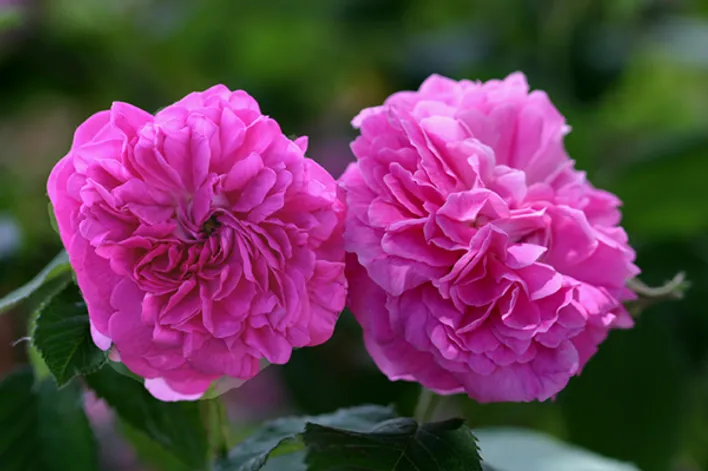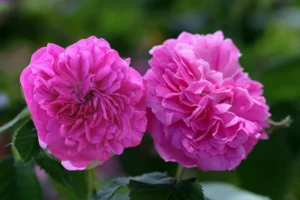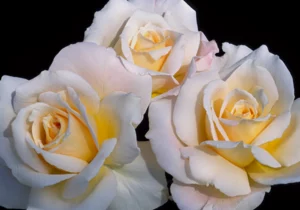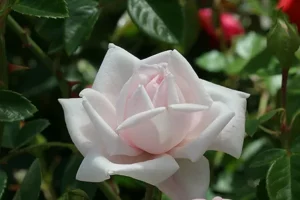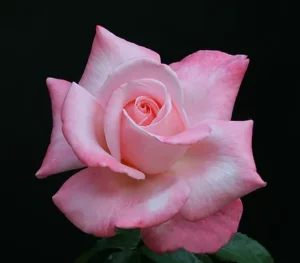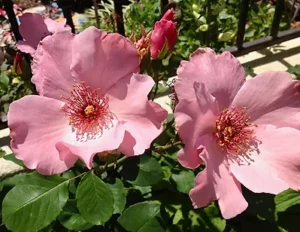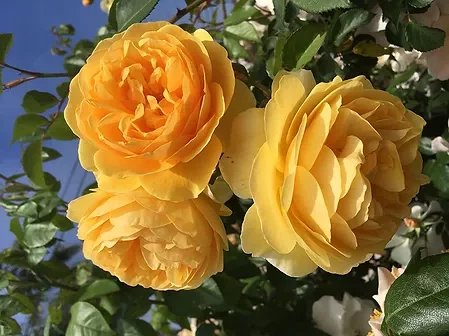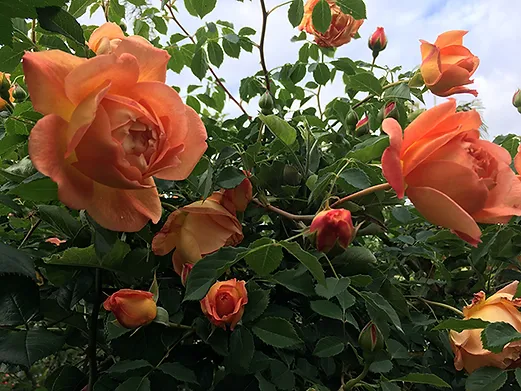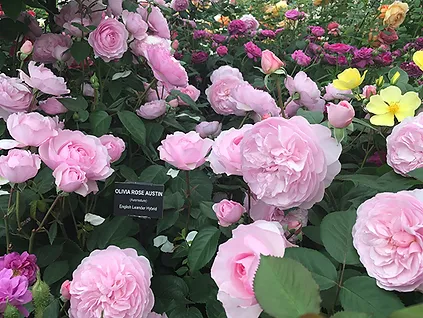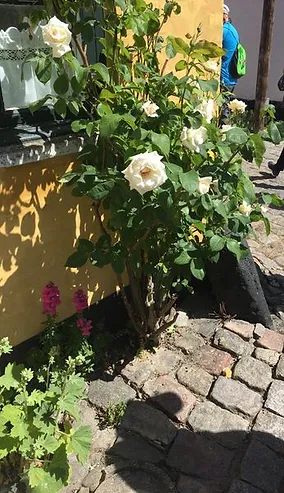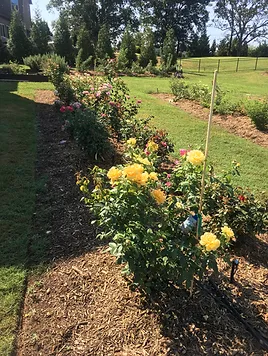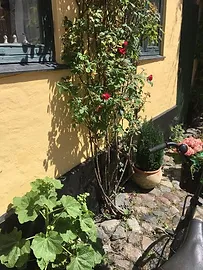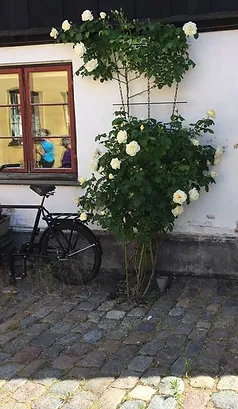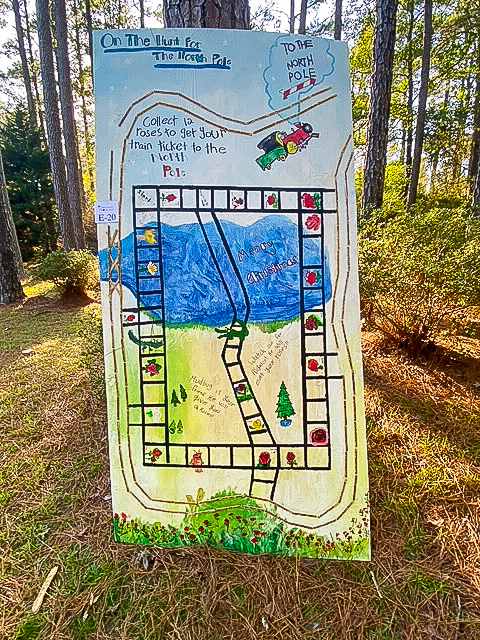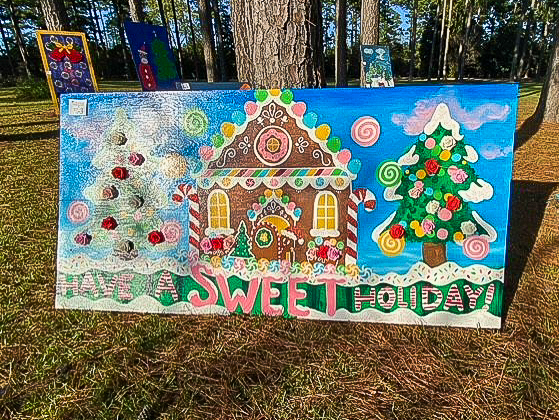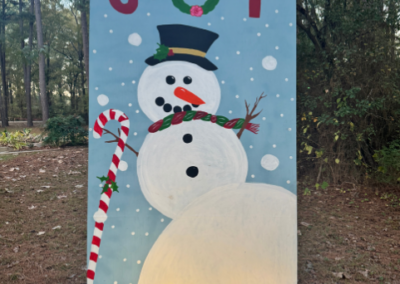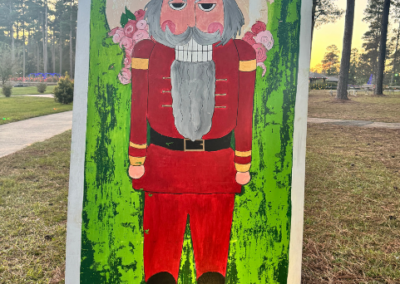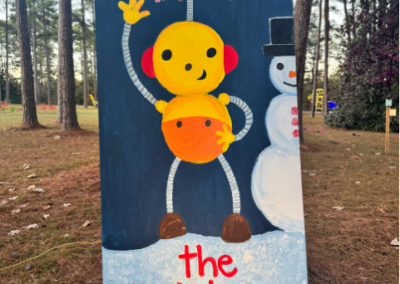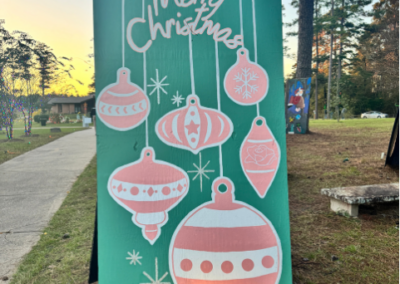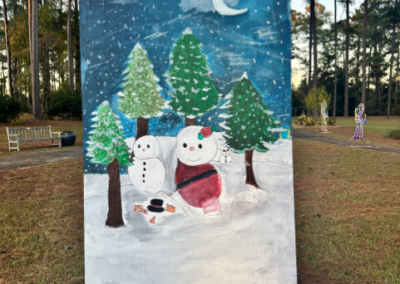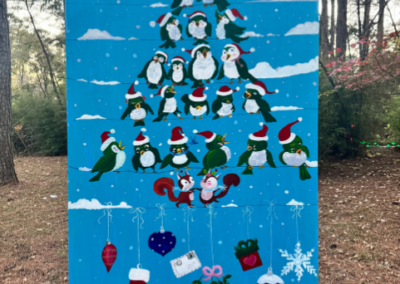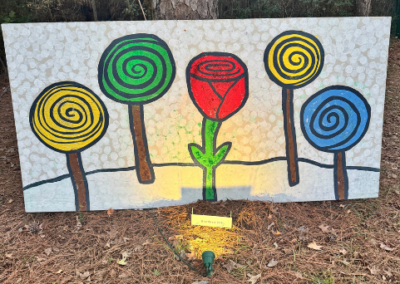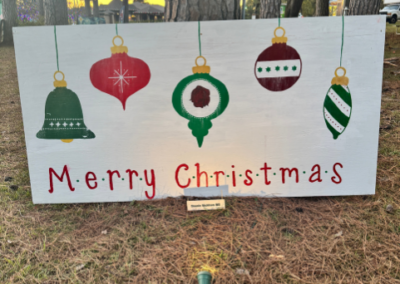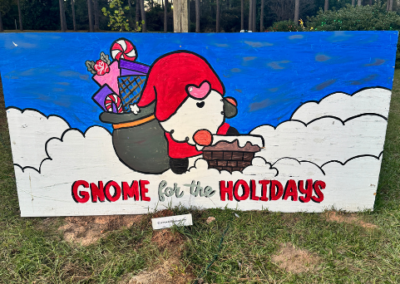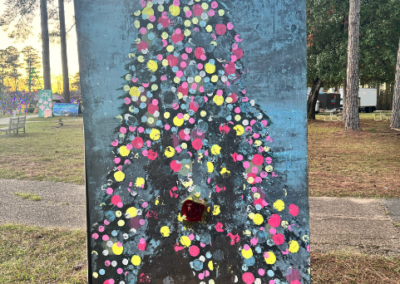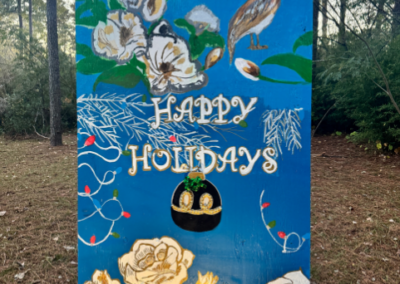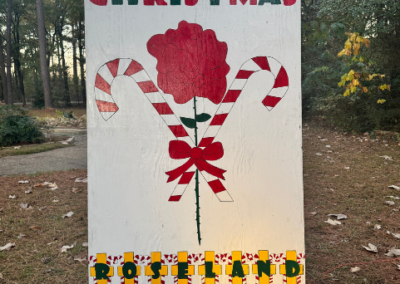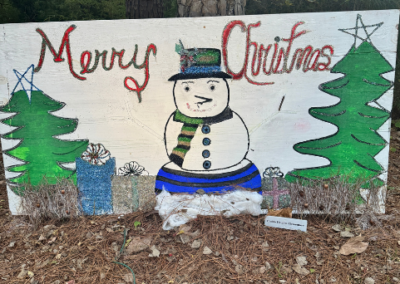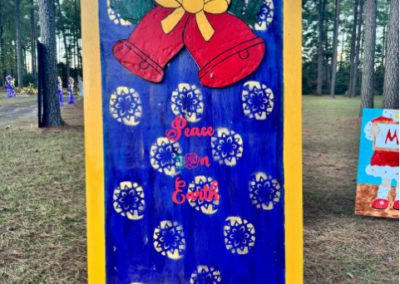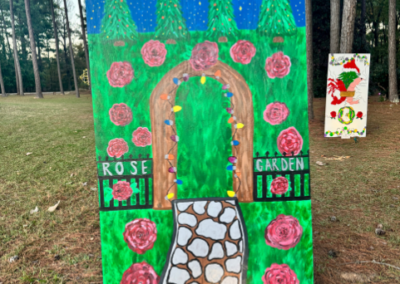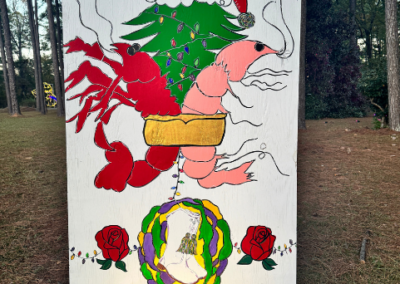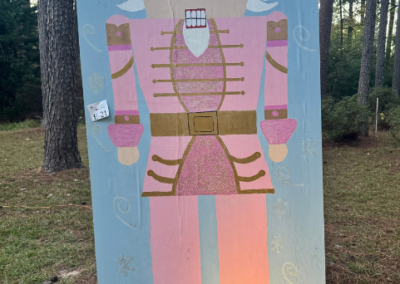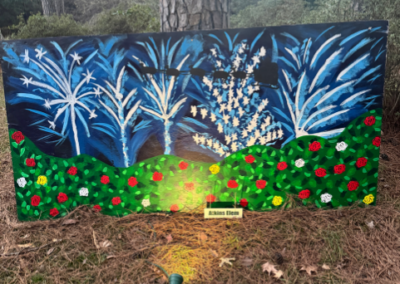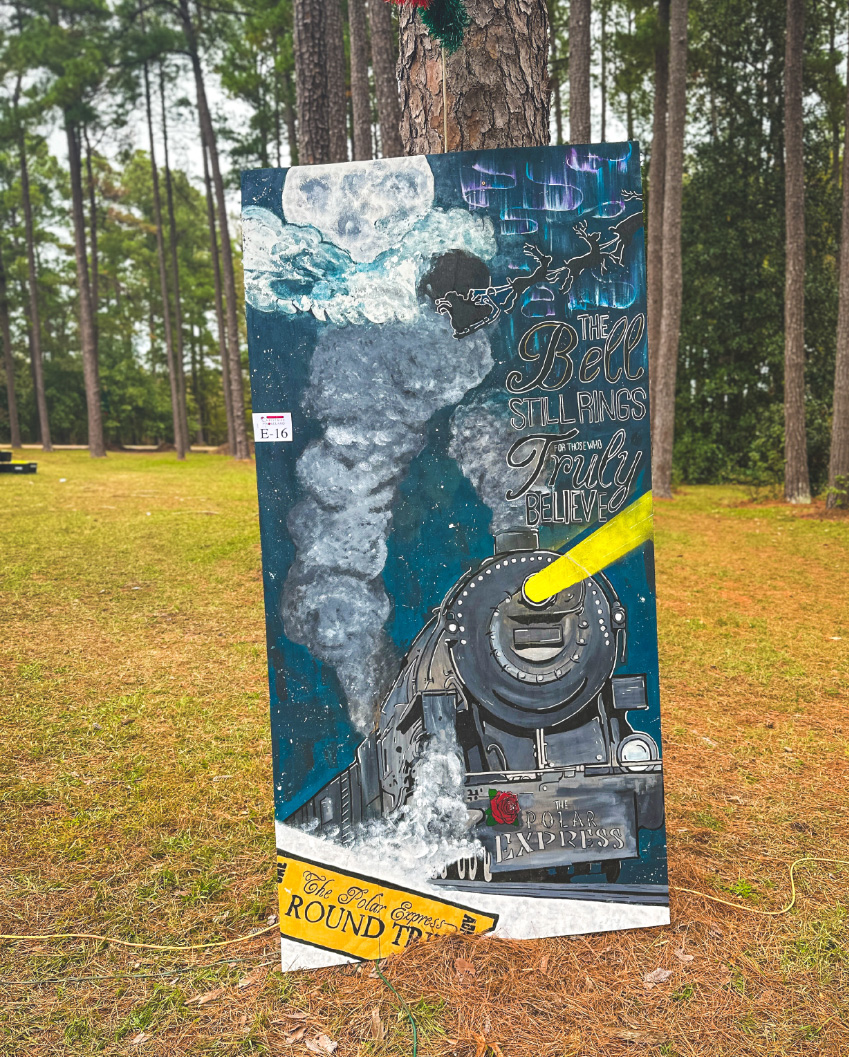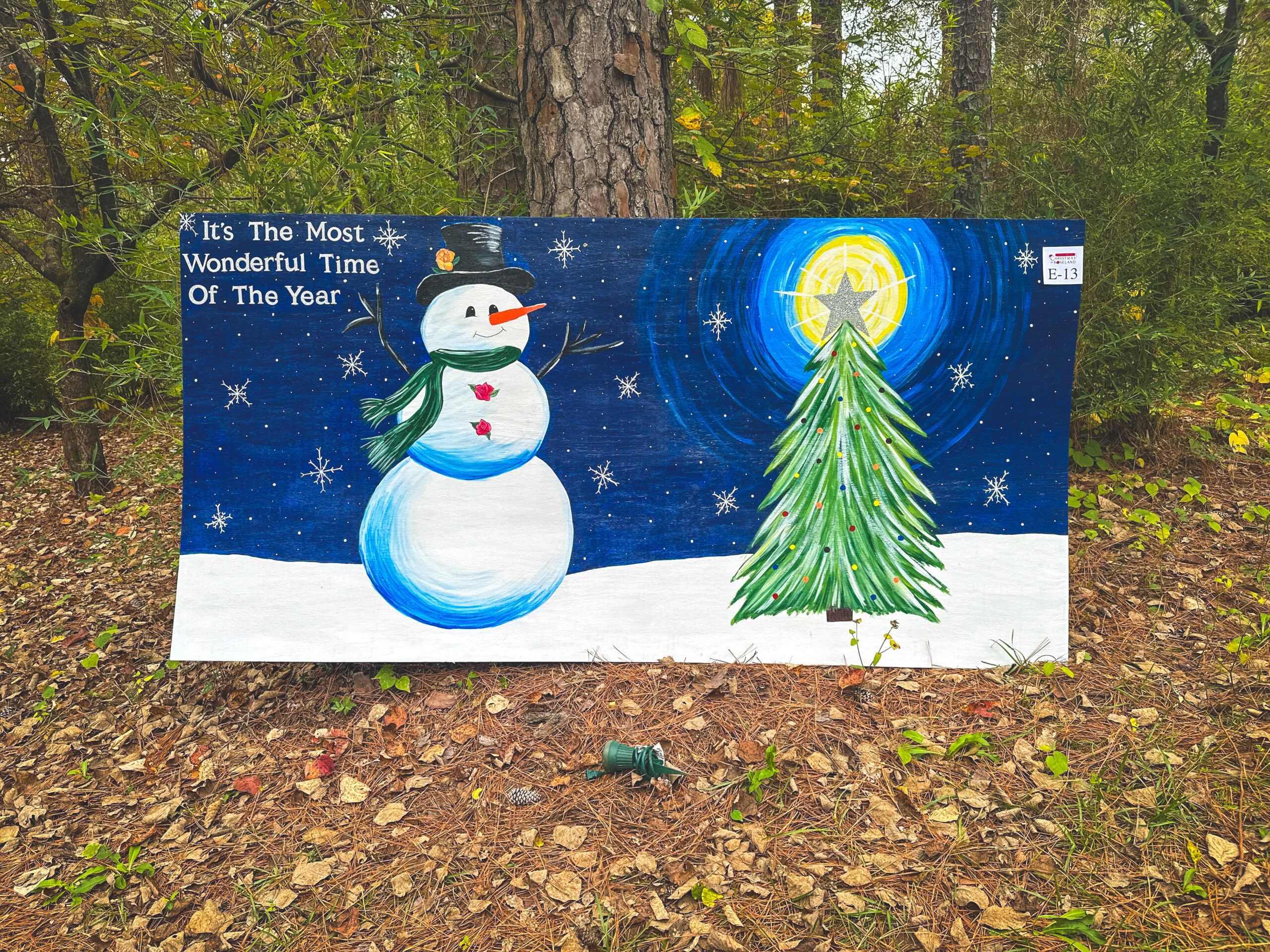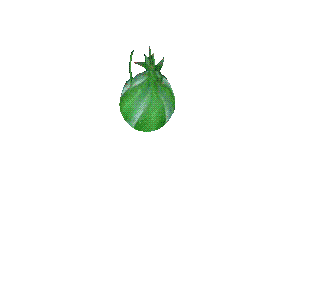by Douglas Witt, Master Rosarian emeritus, Carolina Rose Society
The hobby of growing roses encompasses a vast array of ‘people, places, and things’, and can lead to interesting outgrowths such as the words often used by rosarians in their daily discourse. Admittedly these may be used less today than when I began growing roses, and may not apply exclusively to roses, but dabbling into a portion of this patter might be of interest to newer participants in the hobby.
Some words or phrases have become the equivalent of inveterate speech and yet may lack relevance to a newcomer. Many terms are colorful which I feel adds a bit of ‘moxie’ or spirit to the hobby. In giving my take on these idioms I will add a little tongue-in-cheek humor of perhaps one’s first impression formed upon hearing the word initially. After that I will follow with a more comprehensive explanation of its usage or meaning.
I have been accused of being too staid at times, and in our hurried world of today we need a touch of humor to lighten the seriousness so let’s have a little fun!
Listed in no particular sequence I will begin with:
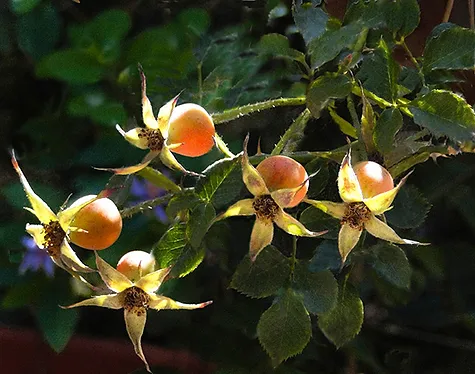
HIP – My grandchildren have a neoteric use of the word….slang for ‘in the know, or ‘with it’! Actually, it is the colorful fruit of the rose. Shakespeare mentioned hips in his writings. It is known that in ancient times hips were used for medicinal purposes, jewelry, perfumes, and even as food. Close examination of a mature hip reveals its resemblance to the early development stage of apples; and for good reason. Roses and apples are members of the same large genus, Rosaceae. ABIOVE: Rose Hips photo by Sally Long
Unfortunately, many of today’s modern hybrid roses produce sterile seeds or none at all which are contained in hips; thus no hips are forthcoming on the plant.
COAT HANGER – A convenient spot to hang one’s coat while working in the garden? Also called a ‘hat tree’, it is a description for an errant pruning cut on a cane made above a bud-eye leaving excessive length (or a stub) which will wither in time. This can provide an avenue for fungi such as canker to enter, and could eventually lead to loss of part, or all of the cane. When pruning, cut ¼ to 3/8 inch above a bud and seal with a material that hardens upon drying.
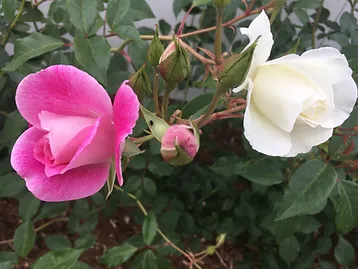
SPORT – The usage of this word is unrelated to the term associated with an amiable individual or a flashy playboy. Instead, it is for a cane possessing different bloom color, form, or other notable growth traits which are unlike that of the plant from which it emanates. It is the result of an alteration of the cell structure, a genetic mutation, that changes the make-up of the host plant at that juncture. It is perhaps a new variety to be propagated and is a rare occurrence in the garden.
DEADHEADING – This provocative word is not a reference to the dastardly use of the guillotine during the French Revolution of 1789. Rather, it is the act of removing spent blooms or dead flower heads. Roses bloom as a means of perpetuating the species by producing seed as do all flowering plants. Modern roses bloom repeatedly during a growing season and as each cycle is completed removal of the spent blooms serves to instigate fresh growth and bloom in a controlled manner. This removal also aids in preventing the presence of fungi such as botrytis on mature petals both on the plant and in the mulch where they well eventually drop to if unattended.
SINGLE-SITE – I’ll wager that one’s first thoughts upon reading those words were of a club or singles bar where unattached throngs congregate. Wrong! It is a term used to describe a systemic fungicide’s mode of control. It enters the stem and foliage to neutralize only one site within the fungi’s composition, interrupting its integrity and preventing viable reproduction. When using the same product continuously its effectiveness may wane as the single-site within the fungi may be replaced by a modified or mutated gene resistant to the product. Thus, the admonition to alternate products with a different mode of action.
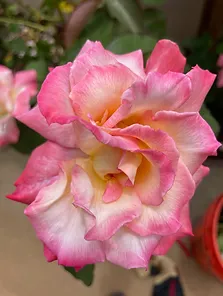
CONFUSED CENTER – Let me guess! A first impression was of a term used by a non-exhibitor to describe an avid exhibitor’s thought processing core. No! It is a term used in judging Hybrid Tea roses at a rose show indicating that a bloom has petal alignment faults at its center. The ideal bloom has a high, spiraled center with petals gradually falling away to form a symmetrical outline that is more-or-less circular when viewed from overhead.
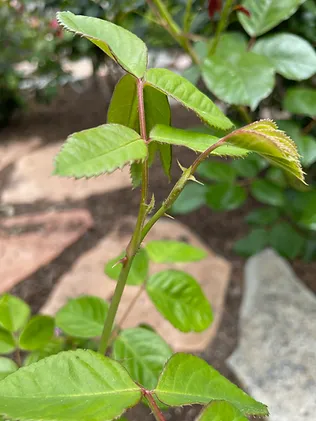
BLIND SHOOT – There is no connection of this term to a blindfolded marksman at a target range. It is the description of a stem with no bloom bud at its tip. A rather indelicate choice of words to indicate a condition found frequently in a rose garden, particularly in cooler weather. There are various causes of this condition including insects, climatic conditions, and hereditary factors.
ROOTSTOCK – The word has no connection to a massive rock-star gathering such as occurred in the mid-twentieth century at Woodstock. It is instead a reference to the rugged stock onto which a desirable scion is affixed to improve its growth habits and productive output. It was discovered that certain families of plants grow larger and produce more bloom and/or fruit when grafted onto a hardy, compatible rootstock. Roses fall within this category.
GRAFTING – This is not a reference to the act of obtaining money or position by underhanded means. It is the process of inserting a bud or scion into a slit in another stock from which it will draw vital fluids and continue to grow. Presently there are several different rose stocks that are compatible to use for grafting onto. Each imparts its own growth or other desirable traits to the affixed bud or scion as it develops.
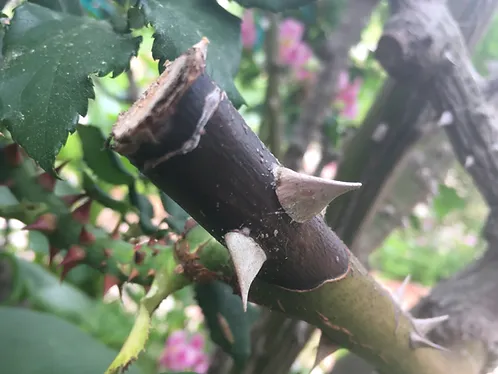
DIE-BACK – One might think it refers to the rebound of a pair of dice from a backboard during a craps game at a Vegas casino. It is instead an expression used to identify a condition of partial or entire cane loss. It is the aftermath of numerous incidents including cultivation injuries, cane boring insects, inclement weather, vole activity, and fungus diseases such as canker. I hesitate to say it, but even old age can be a factor. The occurrence should be promptly attended to as it can lead to a further spread of the condition or attract unwanted pests.
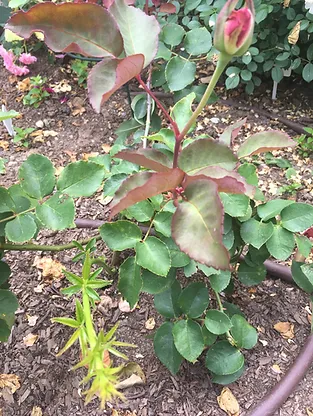
SUCKER – Usually the first thing that comes to mind is a gullible being that easily falls for deceitful practices. In this instance it is superfluous growth (a shoot) emanating from the rootstock of a grafted cultivar. It can be readily identified as its appearance will be noticeably different from that originating from the grafted hybrid. It can be a long, lanky cane with an overabundance of thorns, lighter foliage with more or less leaves, and may bear blooms of a different color and form. It should be removed as soon as discovered since it will assimilate nutrients and water intended for the grafted hybrid. To be sure it is a sucker and not a sport, trace its point of origination which should be below the graft site. ‘Own Root’ roses do not produce suckers.
CROWN – In this circumstance it is not a tiara worn by a sovereign monarch. It is however the area on a rootstock where a bud or scion was grafted, and from which the principal growth of it will emanate. It will increase in size over time, obtaining an extensive dimension after several years, and should not be subjected to injury lest the plant falter or die. It represents the future of the plant and will require a form of winter protection in colder climate zones to enhance its survival probability.
GRADE NO. 1 – I like to think of our hobby as a grade #1. But for this essay it refers to the top-quality rosebush available for purchase. The system was established years ago by the American Association of Nurserymen in setting standards for grading field grown, bare root, two-year old (referring to the rootstock), grafted rosebushes. Hybrid Teas must have three or more heavy canes at least ½ inch in diameter within three inches of the graft union (crown). At least two of these should be 18 inches long (before being pruned for convenience in handling). Floribundas must meet the same requirements except the canes can be a couple of inches shorter, and Climbers must have canes a few inches longer.
Of course the American Rose Society (www.rose.org) is grade #1 in the world of roses. It is the foremost authority on all phases of the hobby and welcomes any inquiry concerning the world of roses.
In this brief paper I have covered only a portion of the many words or phrases used by rosarians in their pursuit of the hobby. A search in an encyclopedia or the dictionary will reveal that many words have multiple meanings, but that is another topic.
I have had fun compiling this short list of rose lingo and hope it has been enlightening as well as perhaps produced a chuckle or two along the way. It is interesting as to how the mind can interpret a word or term upon first hearing it. Many times a first impression can be incomplete or even erroneous, but curiosity can serve to stimulate the mind’s imaginative capability be it for frivolity or for seriousness.
All photos by Rita Perwich unless otherwise specified.
